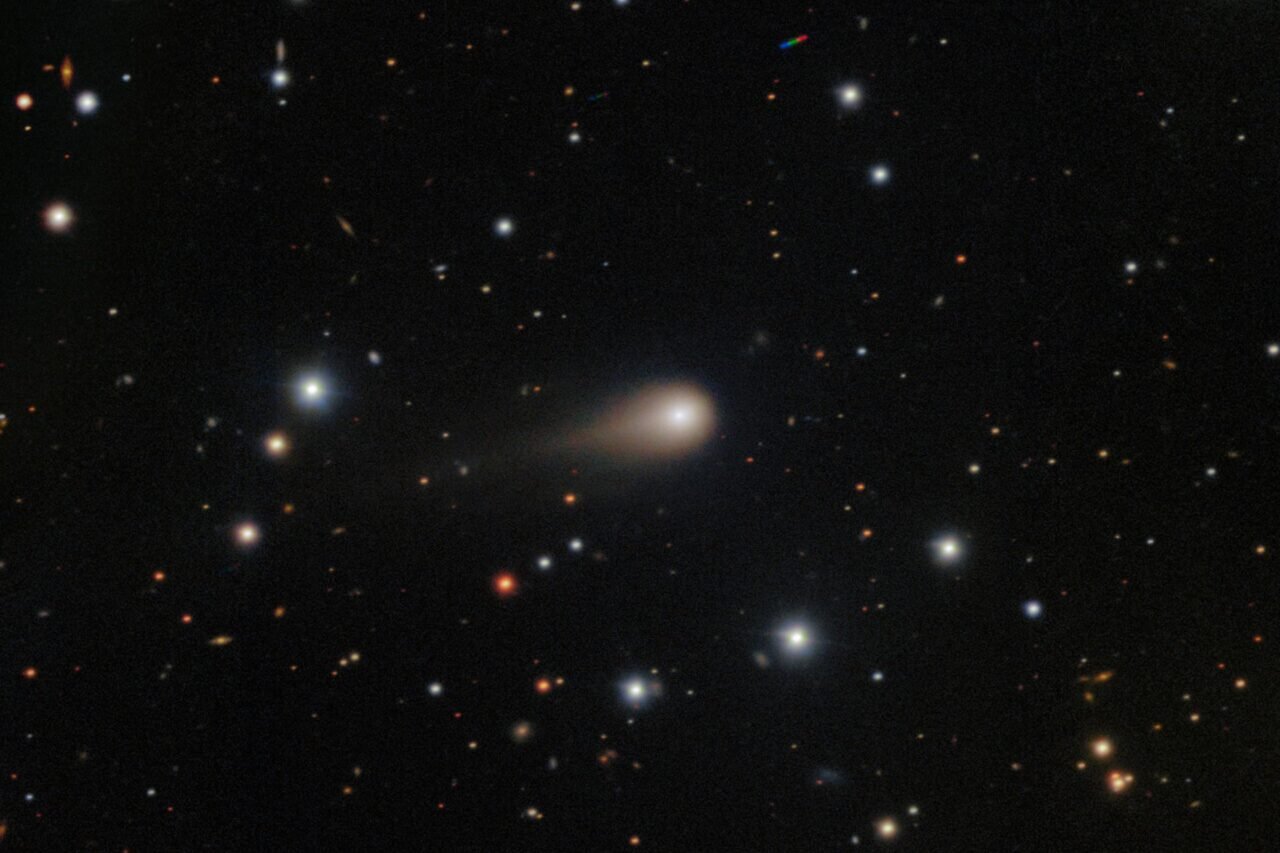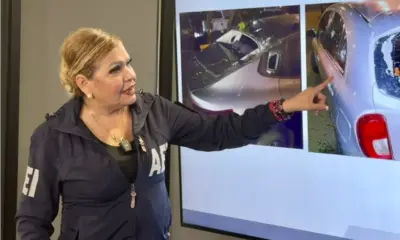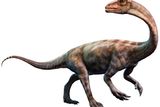Science
NASA’s Europa Clipper Aims for Historic Sample from Interstellar Comet

Scientists are preparing for a groundbreaking opportunity as NASA’s Europa Clipper probe may sample material from the ion tail of the interstellar comet 3I/ATLAS. This comet, which originated beyond our solar system, is currently passing through the inner solar system. Researchers expect that the probe could potentially intercept this rare material between October 30 and November 6, 2023.
The findings, reported by two European researchers, indicate that the spacecraft could be positioned perfectly to collect particles from the comet’s tail. Samuel Gran, a postdoctoral researcher at the Finnish Meteorological Institute, emphasized the significance of this mission, stating, “We have virtually no data on the interior of interstellar comets and the star systems that formed them.” He added, “Sampling the tail in this way is the closest we can currently get to a direct sample of such an object, and thus a different part of the galaxy.”
Comet Discovery and Characteristics
Discovered in early June 2023, 3I/ATLAS has been on a trajectory towards the Sun, which has resulted in an expanding ion tail. This tail has grown as the comet’s icy core heats up, releasing gas and dust. As the probe travels towards Europa, one of Jupiter’s 95 moons, it is equipped with several instruments that could be utilized for analyzing the comet’s ion tail.
The ion tail comprises charged particles propelled away from the Sun by solar wind. Gran, alongside Geraint Jones, a project scientist at the European Space Agency, employed their “Tailcatcher” computer program to assess the likelihood of a successful intersection with the ion tail. Their calculations suggest that the Europa Clipper could collect “packets” of solar wind containing charged particles from the comet’s tail.
Challenges Ahead
Despite the exciting possibilities, several factors could hinder the success of this mission. Currently, the necessary instruments aboard the Europa Clipper are inactive as it continues its journey to Jupiter. Additionally, ongoing government shutdowns cast uncertainty on whether NASA will be able to activate these instruments in time for the potential encounter.
Moreover, the solar wind must blow with sufficient strength and direction to ensure that the probe does not miss the opportunity to collect particles or fails to capture the heavier ions. Notably, 3I/ATLAS is scheduled to reach perihelion, its closest approach to the Sun, on October 29, 2023, which may enhance the chances of detecting ions due to the broadening of its tail just before the crossing window opens.
Should the Europa Clipper successfully navigate through the ion tail, it would mark “the first direct immersion in material from an interstellar object” for any spacecraft, according to Gran and Jones. Even if direct measurements of the ions prove challenging, they anticipate that magnetic field draping and shock signatures could provide insights into the ion tail’s presence and structure.
The potential for this mission underscores the importance of interstellar exploration and the wealth of knowledge that could be gained from studying celestial bodies that originate from outside our solar system.
-

 Business4 days ago
Business4 days agoUK to Finalize Stablecoin Regulations by 2026, Boosting Crypto Sector
-

 Business5 days ago
Business5 days agoU.S. and U.K. Target Cybercriminal Networks, Seize $15 Billion
-

 World4 days ago
World4 days agoMilitary Artillery Plan Sparks Safety Concerns Along California Highway
-

 Lifestyle5 days ago
Lifestyle5 days agoKISS OF LIFE’s Natty Dazzles in Micro-Shorts at Seoul Event
-

 World5 days ago
World5 days agoTrump Signals Reluctance to Sell Tomahawk Missiles to Ukraine
-

 Business5 days ago
Business5 days agoCalifornia to Eliminate All Plastic Bags from Stores by 2026
-

 Entertainment5 days ago
Entertainment5 days agoLouisiana Senate Raises Concerns Over Medicaid Cuts Amid New Bill
-

 Sports5 days ago
Sports5 days agoDomenico Doran’s Stellar Performance Leads Bishop Amat to Victory
-

 Entertainment5 days ago
Entertainment5 days agoUtah Communities Rally as Government Shutdown Strains Resources
-

 Sports5 days ago
Sports5 days agoTrade Low, Trade High: Key NHL Players to Consider Now
-

 Science2 days ago
Science2 days agoAncient Dinosaur Discovery in Argentina Reveals Evolutionary Insights
-

 Health2 days ago
Health2 days agoUncovering the Hidden Link Between Knee Pain and Hip Issues









